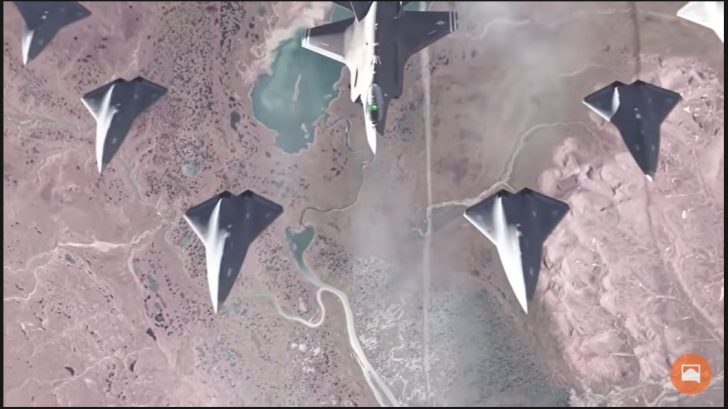The Force’s Next Generation Air Dominance (NGAD) program is an experimental effort to field a crude fighter along with drone support aircraft. It now started its engineering and manufacturing development program, eventually leading to actual production.
Here are some key points that you need to know about the Air Force’s new NGAD fighter:
1. It takes the Air Force seven years from the beginning of the EMD phase to enter service, even if in a limited way
For instance, the F-35 Joint Strike Fighter was rewarded its EMD contract in October 2001. However, the first F-35 didn’t reach initial operating capability or IOC until 2015.
2. Air Force Secretary Frank Kendall wants to move straight into development immediately
His goal is to field a new family of fighter systems within just eight years. This push in the development of the NGAD timeline keeps up with reports that the program is progressing relatively well, with at least one full-size technology demonstrator taking to the sky in 2020.
The 2030 timeline also parallels statements made by the Air Force indicating their concern that the F-22 Raptor- currently America’s top-tier air superiority fighter, may not be survivable in contested airspace beyond 2030 since the aircraft first flew a quarter of a century ago.
3. The NGAD may be slated as a replacement for the F-22, but it’s unlikely that it will replace it in a one-to-one way
Presently, the US Air Force has 150 combat-coded F-22s in service. But the NGAD program won’t likely replace them with 150 new fighters. Firstly, the NGAD will be very expensive, with approximately 200 million dollars per airframe.
Moreover, the NGAD fighter was designed to fly in uncrewed wingmen drones flying as support. One NGAD with a constellation of drones quickly fills the role multiple F-22s with a pilot on board would need to fill.
4. In the NGA’s procurement, the Air Force has already split it into three separate contracts
This will be one contract for design, one for production, and one for sustainment. Firms need to compete not only for the best fighter. They also need to compete in building and maintaining them efficiently.
Doing so gives a chance to smaller firms to get into the fight because there aren’t many companies with all the infrastructure needed to design, produce, and maintain an entire fleet of advanced jet fighters.
Thus, one firm can focus on the design while the other can concentrate on the sustainment. It allows innovative ideas to gain a foothold in the American market.
5. The NGAD may not look like what you imagined it to be
According to the description by the Congressional Research Service, the NGAD doesn’t have to look like a fighter at all. It’s also similar to what other Air Force officials have said over the years.
In 2017, Gen. Herbert Hawk Carlisle, the combat command commander at that time, talked about the program called penetrating combat aircraft, which was a precursor to GAD.
Carlisle suggested that the next US fighter might need a more substantial weapons capacity, fuel range, and low observability. He also said it might be more like the B-21 bomber than the F-22.
Although we might know what the NGAD airframe or its drone support aircraft may look like, it’s safe to say that it will be an excellent performer.



